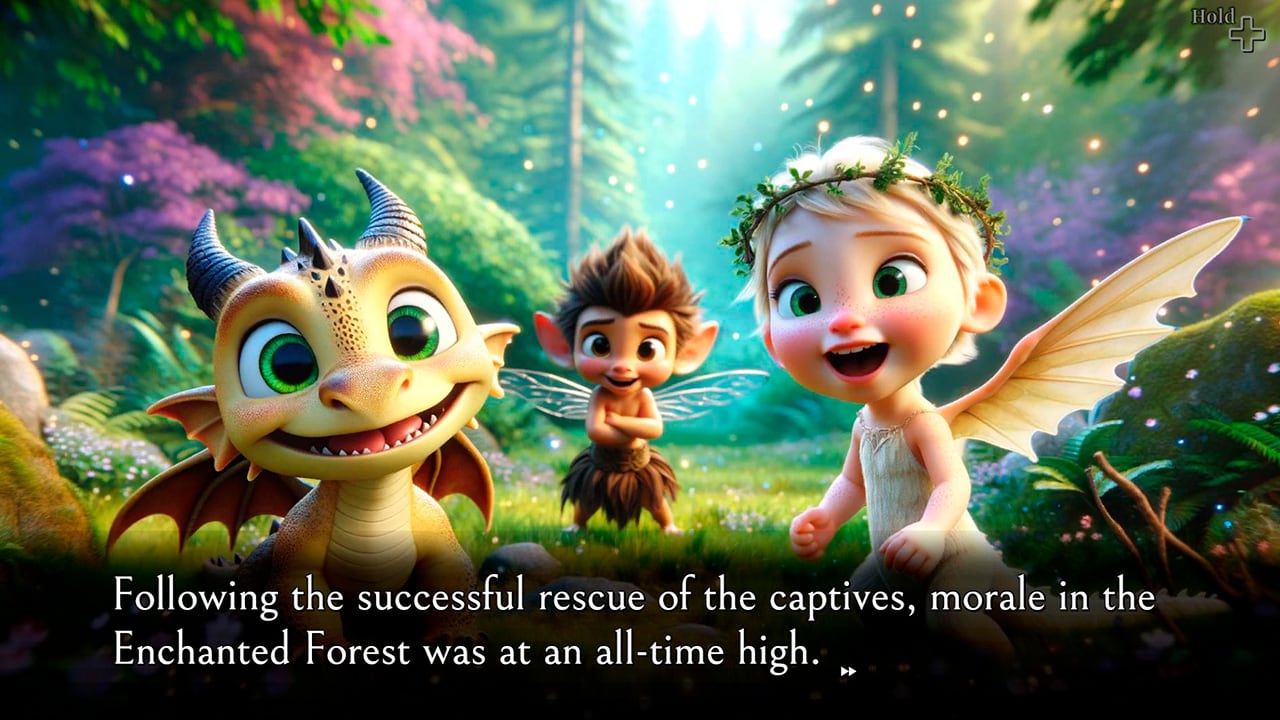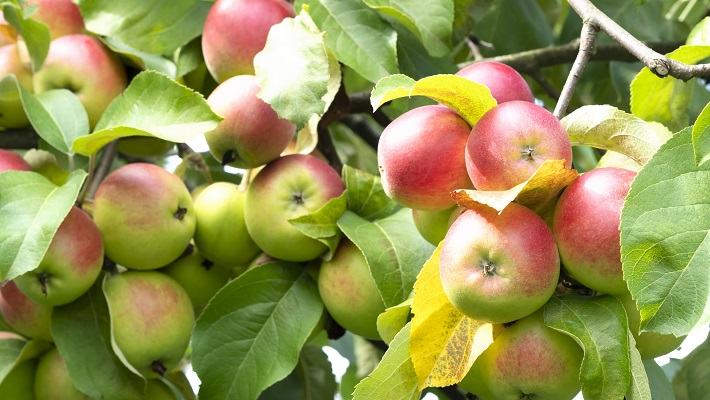The Wonder Of Animals: A Celebration Of Biodiversity

Table of Contents
The Incredible Diversity of Animal Life
The sheer variety of animal life is staggering. Millions of species, each unique and fascinating, inhabit diverse ecosystems across the globe. This biodiversity is the result of millions of years of evolution, shaping the incredible adaptations we see today.
Mammalian Marvels
Mammals, characterized by their fur or hair, milk production, and relatively high intelligence, showcase remarkable diversity. From the tiny Etruscan shrew, weighing less than 2 grams, to the colossal blue whale, reaching lengths of over 30 meters, their adaptations reflect their diverse habitats.
- Diverse Mammalian Groups:
- Primates: Including monkeys, apes, and humans, known for their intelligence and social complexity. Consider the endangered orangutans of Borneo and Sumatra, threatened by deforestation.
- Carnivores: Meat-eating mammals like lions, tigers, and bears, exhibiting incredible hunting skills and adaptations. The critically endangered Amur leopard exemplifies the challenges of conserving large carnivores.
- Ungulates: Hoofed mammals such as deer, elephants, and rhinoceroses, playing vital roles in various ecosystems. The African elephant, facing poaching and habitat loss, highlights the fragility of large mammal populations.
Conservation efforts for mammals include habitat protection, anti-poaching measures, and captive breeding programs. The success of these programs demonstrates the importance of targeted interventions to safeguard biodiversity.
Avian Abundance
Birds, with their ability to fly and diverse vocalizations, represent another remarkable aspect of biodiversity. Their migratory patterns, spanning continents, are a testament to their navigational prowess and adaptability.
- Diverse Avian Orders:
- Raptors: Birds of prey such as eagles, hawks, and owls, occupying crucial roles as apex predators. The decline in many raptor populations is linked to habitat destruction and pesticide use.
- Passerines: Perching birds, including songbirds, representing the most diverse avian order. Many passerines are facing habitat loss due to urbanization and agricultural expansion.
- Waterfowl: Ducks, geese, and swans, inhabiting wetlands and playing essential roles in nutrient cycling. Wetland destruction is a significant threat to waterfowl populations globally.
Bird conservation focuses on protecting critical habitats, combating climate change impacts, and reducing threats from pollution and habitat fragmentation. The success of programs focusing on specific threatened species emphasizes the effectiveness of focused conservation strategies for maintaining avian biodiversity.
Reptilian and Amphibian Riches
Reptiles and amphibians, often overlooked, display incredible diversity in their adaptations and ecological roles. From the camouflage of chameleons to the poisonous secretions of dart frogs, their unique characteristics contribute significantly to biodiversity.
- Diverse Reptile and Amphibian Groups:
- Lizards: Exhibiting diverse forms and lifestyles, from the agile geckos to the powerful monitor lizards. Habitat loss is a major threat to many lizard species.
- Snakes: Highly specialized predators, playing crucial roles in regulating prey populations. Snake populations face threats from habitat loss and human persecution.
- Frogs and Salamanders: Amphibians, highly sensitive to environmental changes, serve as indicators of ecosystem health. The chytrid fungus poses a severe threat to amphibian populations worldwide.
Amphibian conservation efforts focus on combating chytridiomycosis, protecting wetlands, and mitigating the impacts of climate change. The success of these conservation programs demonstrates that preserving amphibian biodiversity requires a multi-faceted approach.
The Importance of Biodiversity for Ecosystem Health
Biodiversity is not just about the number of species; it's about the intricate web of interactions that sustains life on Earth. A healthy ecosystem requires a diverse range of species interacting in complex ways.
The Interconnected Web of Life
Species depend on each other for survival. Predator-prey relationships, symbiotic relationships, and the roles of keystone species all contribute to the stability and resilience of ecosystems.
- Ecological Interdependence:
- Predator-Prey Relationships: Predators control prey populations, preventing any single species from dominating the ecosystem.
- Symbiotic Relationships: Mutualistic relationships, where species benefit each other, are common in nature. Examples include pollination by insects and seed dispersal by birds.
- Keystone Species: Species that have a disproportionately large impact on their ecosystem, despite their relatively low abundance. Sea otters, for example, play a crucial role in maintaining kelp forest health.
Biodiversity contributes significantly to ecosystem resilience, making them better able to withstand environmental disturbances. This resilience is essential for maintaining ecosystem services.
Biodiversity and Ecosystem Services
Biodiversity provides a wide range of essential services that benefit humans. These services have significant economic value and are crucial for human well-being.
- Vital Ecosystem Services:
- Pollination: Insects, birds, and bats pollinate many crops, contributing billions of dollars to the global economy.
- Clean Water: Healthy ecosystems filter and purify water, providing clean drinking water for humans and other species.
- Climate Regulation: Forests and other ecosystems absorb carbon dioxide, mitigating the effects of climate change.
Protecting biodiversity is essential not only for the sake of nature but also for the well-being of humanity.
Threats to Biodiversity and Conservation Efforts
Human activities pose significant threats to biodiversity, leading to species extinctions and ecosystem degradation. Understanding these threats is crucial for developing effective conservation strategies.
Habitat Loss and Fragmentation
Habitat destruction is the primary driver of biodiversity loss. Deforestation, urbanization, and agricultural expansion fragment and destroy habitats, isolating populations and reducing their ability to survive.
- Threats to Habitats:
- Deforestation: Loss of forests reduces habitat for countless species, impacting biodiversity significantly.
- Urbanization: The spread of cities and towns consumes natural habitats, leading to habitat loss and fragmentation.
- Agriculture: Intensive agriculture often leads to habitat loss and degradation, impacting biodiversity.
The consequences of habitat loss are severe, often leading to population declines and extinctions.
Climate Change and its Effects
Climate change is exacerbating existing threats to biodiversity. Changes in temperature, precipitation patterns, and sea levels are disrupting ecosystems and impacting species distributions.
- Impacts of Climate Change:
- Range Shifts: Species are shifting their ranges in response to changing climate conditions.
- Breeding Cycles: Changes in temperature and precipitation are affecting breeding cycles, reducing reproductive success.
- Increased Vulnerability: Climate change is increasing the vulnerability of species to other threats, such as disease and invasive species.
Climate change is a significant and growing threat to biodiversity, requiring urgent action to mitigate its effects.
Conservation Strategies and Their Successes
Numerous conservation strategies are being implemented to protect biodiversity. These strategies include habitat restoration, captive breeding programs, and anti-poaching initiatives.
- Successful Conservation Projects:
- Habitat Restoration: Restoring degraded habitats can help to recover biodiversity and ecosystem services.
- Captive Breeding Programs: Breeding endangered species in captivity can help to increase their populations and reintroduce them to the wild.
- Anti-Poaching Initiatives: Combating poaching is essential for protecting endangered species from illegal hunting.
The success of these conservation efforts demonstrates the importance of proactive and well-funded conservation programs.
Conclusion
The wonder of animals and the incredible biodiversity they represent are essential for a healthy planet and human well-being. From the diverse array of mammals, birds, reptiles, and amphibians to the intricate web of life they form, biodiversity provides vital ecosystem services. However, habitat loss, climate change, and other human-induced threats are pushing many species towards extinction. We must act decisively to protect this invaluable natural heritage. Let's celebrate the wonder of animals and work together to protect the incredible biodiversity of our planet. Learn more about biodiversity conservation and find ways to contribute today!

Featured Posts
-
 Bollywoods Biggest Losers When Salman Khan Films Failed To Earn R1 Crore
May 13, 2025
Bollywoods Biggest Losers When Salman Khan Films Failed To Earn R1 Crore
May 13, 2025 -
 The Grueling Nightmare Families Of Gaza Hostages Face Uncertain Future
May 13, 2025
The Grueling Nightmare Families Of Gaza Hostages Face Uncertain Future
May 13, 2025 -
 Ai And Xr Convergence Key Platforms To Watch In The Expanding Market
May 13, 2025
Ai And Xr Convergence Key Platforms To Watch In The Expanding Market
May 13, 2025 -
 Shift In Global Apple Supply South Africa Outpaces New Zealand
May 13, 2025
Shift In Global Apple Supply South Africa Outpaces New Zealand
May 13, 2025 -
 Sabalenkas Miami Open Victory 19th Career Title
May 13, 2025
Sabalenkas Miami Open Victory 19th Career Title
May 13, 2025
Latest Posts
-
 South Africa Emerges As Top Apple Exporter Displacing New Zealand
May 13, 2025
South Africa Emerges As Top Apple Exporter Displacing New Zealand
May 13, 2025 -
 Shift In Global Apple Supply South Africa Outpaces New Zealand
May 13, 2025
Shift In Global Apple Supply South Africa Outpaces New Zealand
May 13, 2025 -
 New Zealands Apple Export Crown Taken By South Africa
May 13, 2025
New Zealands Apple Export Crown Taken By South Africa
May 13, 2025 -
 Columbus Crew Defeats San Jose Earthquakes 2 1 After Initial Setback
May 13, 2025
Columbus Crew Defeats San Jose Earthquakes 2 1 After Initial Setback
May 13, 2025 -
 South Africa Now Leading Apple Supplier Overtaking New Zealand
May 13, 2025
South Africa Now Leading Apple Supplier Overtaking New Zealand
May 13, 2025
